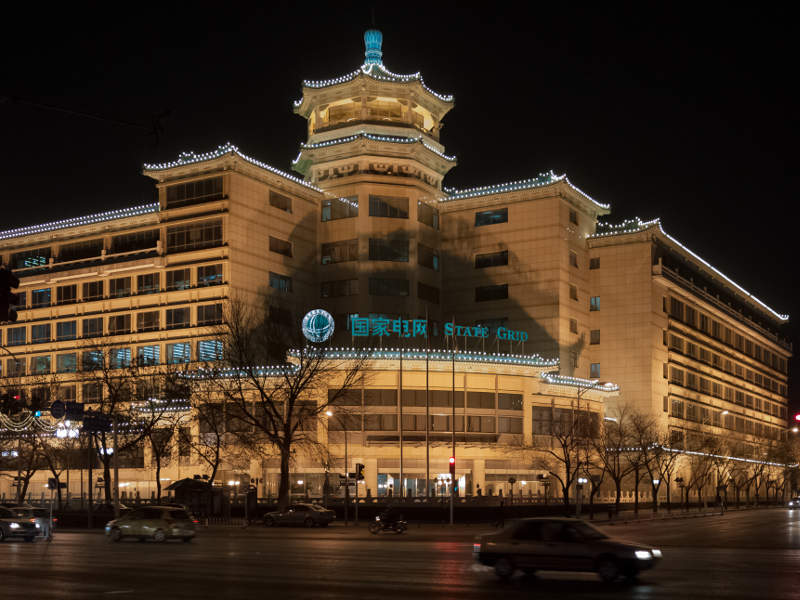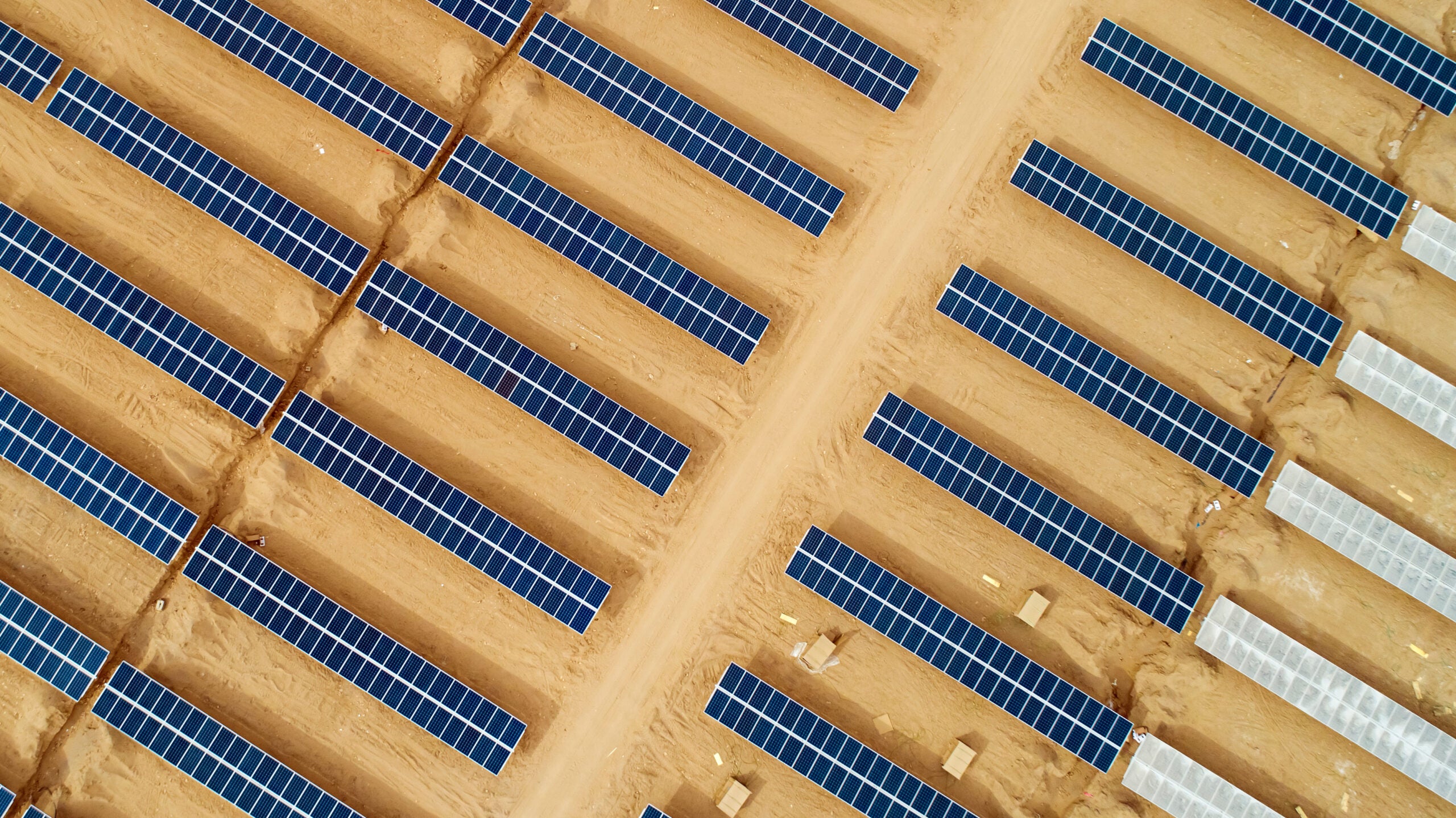
Top 10 Biggest Power Companies in the World
State Grid Corporation of China – $315.19bn
State Grid Corporation of China’s (SGCC) revenues increased 4.4% year-on-year in 2017, but the company posted a 6.66% loss over the same year. The company came second in the Fortune Global 500 2017 list.
Headquartered in Beijing, China, SGCC supplies power to approximately 1.1 billion people in 26 provinces, covering 88% of the national territory. It operates through five regional power grid companies and 24 electric power companies. The company owns and operates overseas power grids in the Philippines, Australia, Portugal, Italy, and Brazil, with a workforce of approximately 1.66 million.
How well do you really know your competitors?
Access the most comprehensive Company Profiles on the market, powered by GlobalData. Save hours of research. Gain competitive edge.

Thank you!
Your download email will arrive shortly
Not ready to buy yet? Download a free sample
We are confident about the unique quality of our Company Profiles. However, we want you to make the most beneficial decision for your business, so we offer a free sample that you can download by submitting the below form
By GlobalDataIn January 2017, SGCC acquired a 54.64% controlling stake in Brazil’s biggest power distribution company CPFL Energia SA. SGCC is developing the world’s first 1,100kV ultra-high-voltage direct current (UHVDC) transmission link between Changji and Guquan, which is set to be completed in 2018.
Enel – $86.95bn
Multi-national energy company Enel reported a year-on-year revenue growth of 5.7% in 2017, reflecting a rise in the transport and sale of electricity and trading on international markets. The company’s power generating capacity in the year dropped by 4.5% to 249.9TWh year-on-year, while its electricity sales volume was up by 8.3% to 284.8TWh.
Headquartered in Rome, Italy, Enel is engaged in generation, distribution and sale of electricity. The company secured the 20th rank in Fortune’s 2017 ‘Change the World’ list of businesses. It employs 62,900 people across 35 countries in five continents and serves roughly 64 million customers.
Enel operates through five divisions namely Global Thermal Generation, Global Trading, Global Infrastructures and Networks, Renewable Energies, and Global e-Solutions. It manages an installed capacity of approximately 85GW and oversees 2.2 million km of distribution lines.
EDF – $81.12bn
EDF’s revenue decreased by 2.2% in 2017 compared to 2016, due to lower electricity production. The company’s total energy generation in 2017 stood at 580.8TWh, of which 77% came from its nuclear power business.
Based in France, EDF is engaged in generation, distribution, transmission, supply and trading of electricity. The company has a workforce of 152,033 and serves 35.1 million customers worldwide. It operates 73 nuclear reactors globally and manages 1.3 million km of low and medium-voltage networks, as well as 100,000km of high and very-high-voltage networks.
EDF initiated the Solar Power Plan in December 2017 to develop 30GW of solar power in France by 2035. EDF’s Board of Directors approved the formation of Edvance in partnership with AREVA NP in May 2017 to design and build nuclear islands for power plants.
KEPCO – $56.01bn
Korea Electric Power Corporation’s (KEPCO) electricity sales accounted for 91.3% of its total revenue in 2017. The power sales volume of the company amounted to 507TWh.
KEPCO is involved in the development, transmission and distribution of power, and provides construction services to power plants primarily in the Republic of Korea. The company employed 20,957 people as of 2016.
The company’s business segments include transmission and distribution, electric power generation (nuclear), electric power generation (non-nuclear), plant maintenance & engineering service, and others.
TEPCO – $53.77bn
Tokyo Electric Power Company Holdings Inc (TEPCO) posted a 9.2% year-on-year growth in revenues in 2017 due to a 3.3% increase in revenue from electricity sales, despite a 1.4% decrease in electricity sales volume to 240.3TWh. The company generated a total power of 196.67TWh in 2017.
Headquartered in Chiyoda, Tokyo, TEPCO is Japan’s biggest power company focused on generating and supplying power through 34 subsidiaries and 32 affiliates. It provides safe and reliable electricity to the Kanto region. The company employs roughly 32,546 people across eight countries.
TEPCO has three core operating segments, which include Fuel and Power (fuel and thermal power generation), Power Grid (general power transmission and distribution), and Energy Partner (electricity retail).
Engie – $49.16bn (estimated)
French electric utility firm Engie’s power business accounted for more than half of its total revenue of $75.81bn in 2017. The company’s electricity sales totalled 7,309GWh at the end of 2017, while its revenue, excluding gas sales, was estimated to be $49.16bn based on the average gas price in Europe during the year.
Engie is the world’s biggest independent electricity producer in the world. It generated 24GW of renewable energy as of the end of 2017, representing 23% of its global power-generating capacity of 102.7GW. It has 10.5GW of projects under construction, including 3.1GW from renewables.
Engie has presence in 70 countries with a workforce of 150,000. It began construction of its first high-temperature geothermal power plant in Indonesia in 2017 and acquired the remaining 41% stake in its renewable energy subsidiary La Compagnie du Vent.
General Electric Co – $48.3bn
General Electric’s (GE) three energy segments Power, Renewable Energy and Lighting generated $48.3bn revenues, accounting for 39.6% of the company’s total revenue of $122bn during the year. The three segments respectively contributed $36bn, $10.3bn and $2bn to the company.
GE Power’s revenue decreased by 2% year-on-year in 2017 due to a decline in orders and market challenges. GE Renewable Energy witnessed a 14% year-on-year growth in revenue, supported by a 30% year-on-year growth in international onshore wind orders, new product introductions, and digital capacity. GE Lighting’s revenues declined 59% year-on-year due to lower sales of traditional lighting products.
The GE Power segment provides products and services related to energy production, while the GE Lighting segment provides lighting solutions. With approximately 22,000 staff, the GE Renewable Energy segment provides onshore and offshore wind turbines and blades, as well as hydropower solutions. The segment installed approximately 400GW of capacity in 55 countries.
E.ON – $44.22bn
E.ON’s revenues in 2017 mainly benefitted from improved performance in its Energy Networks segment, which recorded a 7% growth year-on-year. Revenues of the company’s renewables segment increased by 18% in the same year.
E.ON’s business activities include generation and distribution of electricity and natural gas. Based in Essen, Germany, the company operates 5.1GW of renewable power plants worldwide. It employed 42,699 people worldwide as of December 2017.
E.ON’s business segments also include Customer Solutions and Non-Core Business. The company also runs a nuclear power business in Germany through PreussenElektra GmBH. E.ON entered an agreement to acquire RWE’s 76.8% stake in Innogy in March 2018 to increase electricity production in Europe.
Siemens – $41.56bn
Siemens’ energy segments, including Power and Gas, Energy Management, and Siemens Gamesa Renewable Energy, contributed $18.03bn, $14.31bn, and $9.23bn respectively to its total consolidated revenue of €83.049bn ($96. 82bn) in 2017.
The Power and Gas segment provides products and solutions for the operation of fossil fuel and renewable power plants and for the production and transport of oil and gas. The Energy Management segment, with a workforce of 52,000, supplies products for transmission and distribution of electric power. The company has a global presence in 90 countries with 100 production sites.
Siemens Gamesa Renewable Energy segment was formed in April 2017, following the merger of wind power businesses of Siemens and Gamesa. Its activities include the supply of wind turbines and construction of wind power plants. Based in Zamudio, Spain, the company has 25,000 staff employed in 90 countries worldwide. The total installed capacity of the company is 84.5GW.
RWE AG – $39.4m
Germany-based electric utilities company RWE earned a majority of its $51.75bn consolidated revenue in 2017 from its electricity generation businesses and renewables business segment of its Innogy subsidiary, which contributed up to $37.22bn.
The company’s electricity production declined by 6% year-on-year to 202.2TWh in 2017 due to a fall in hard coal contribution, market conditions, and the shut down of Voerde A/B hard coal-fired power plant. The external electricity sales volume of RWE amounted to 261.1TWh in the year.
In January 2017, RWE’s former Conventional Power Generation segment was divided into two new segments, Lignite & Nuclear and European Power. The company’s other two divisions include Energy Trading and Innogy. Innogy has three businesses, including renewables, grid and infrastructure, as well as retail, and had a customer base of 234,000 as of 2017.




